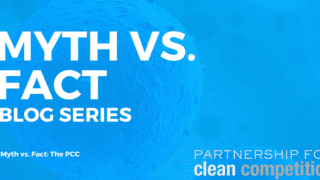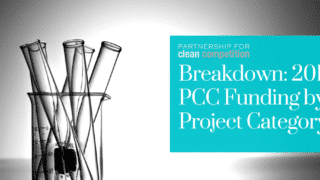In honor of Australia’s National Science Week, the PCC interviewed Dr. Laura Garvican-Lewis, a researcher at the Australian Institute of Sport currently conducting research she hopes will improve the Athlete Biological Passport.
Born in the UK, Laura moved to Australia in 2005 to begin a graduate training position in the Physiology department at the Australian Institute of Sport. She began a sports based PhD in 2007, examining in the role of haemoglobin mass on cycling performance, with her research taking her to Europe and the US with the Australian National cycling team. Graduating in 2011, Laura continued to work as an applied sports scientist with Australia’s aspiring Olympians from a range of sports including water polo, soccer and track and field. She maintained her research interests, particularly in Altitude and anti-doping, combining the two in 2013 during a challenging project at the Tour of Qinghai Lake in northern China. Laura is currently a Research Fellow at the Australian Institute of Sport and Australian Catholic University and was awarded a PCC grant in 2015 to study the combined effects of altitude and iron supplementation on the Athlete Biological Passport.
How did your journey in anti-doping begin?
As a sport physiologist working mainly with endurance sports, my PhD research was focused on how the body responds to external stimuli, like altitude, training, competition and iron supplementation. I was particularly interested in the haematological responses and needed a reliable method to measure small, but meaningful changes in total haemoglobin. I learnt the 2 min Carbon monoxide rebreathing method from Schmidt and Prommer which at the time was being touted as a potential new anti doping test. Whilst the practicalities of implementing the rebreathing test in an antidoping setting became too great and the idea was abandoned, the use of the method in my research gave me a thorough understanding of normal fluctuations in haematological parameters in elite athletes. This research fed nicely into the Athlete Biological Passport, since it was important to collect normative data on clean athletes to differentiate their profiles from suspicious ones. In recent years, this type of research has become my main focus, with the goal to further strengthen the use of the ABP in the current fight against doping.
What’s your particular area of expertise?
Haematological responses to altitude training and the treatment of iron deficiency in athletes.
What’s the most exciting part of your job?
Feeling like you’re making a difference, even a very small one, in the fight against doping in sport. I’m a glass half full person, so I’m always looking at the progress the anti-doping industry is making as opposed to getting bogged down by the bad stuff.
How would you explain your current work to a stranger on a bus?
I am conducting research to see how athletes normally respond to altitude and iron supplementation. This information is used to test the current Athlete Biological Passport to ensure clean athletes aren’t wrongly suspected of doping but also tighten the net around those using illegal practices.
What do you think will be the next big discovery or development in your field?
The ABP is a great tool but like any test has its weaknesses. At the moment one of the biggest weaknesses is not being able to account for fluid shifts in the body which affect the concentration based parameters of the passport. Some recent published work from Lobigs et al suggests that it might be possible to account for fluid shifts with a simple blood test and this could be used to improve the reference ranges produced by the ABP model. The method still needs validating but is an exciting step forward in the area.
If you could trade careers with anyone, who would it be and why?
I’ve always loved horses, they are the ultimate athlete in my mind, so being a breeder, trainer or blood stock agent would be very attractive!
To learn more about Dr. Garvican-Lewis, click here.




